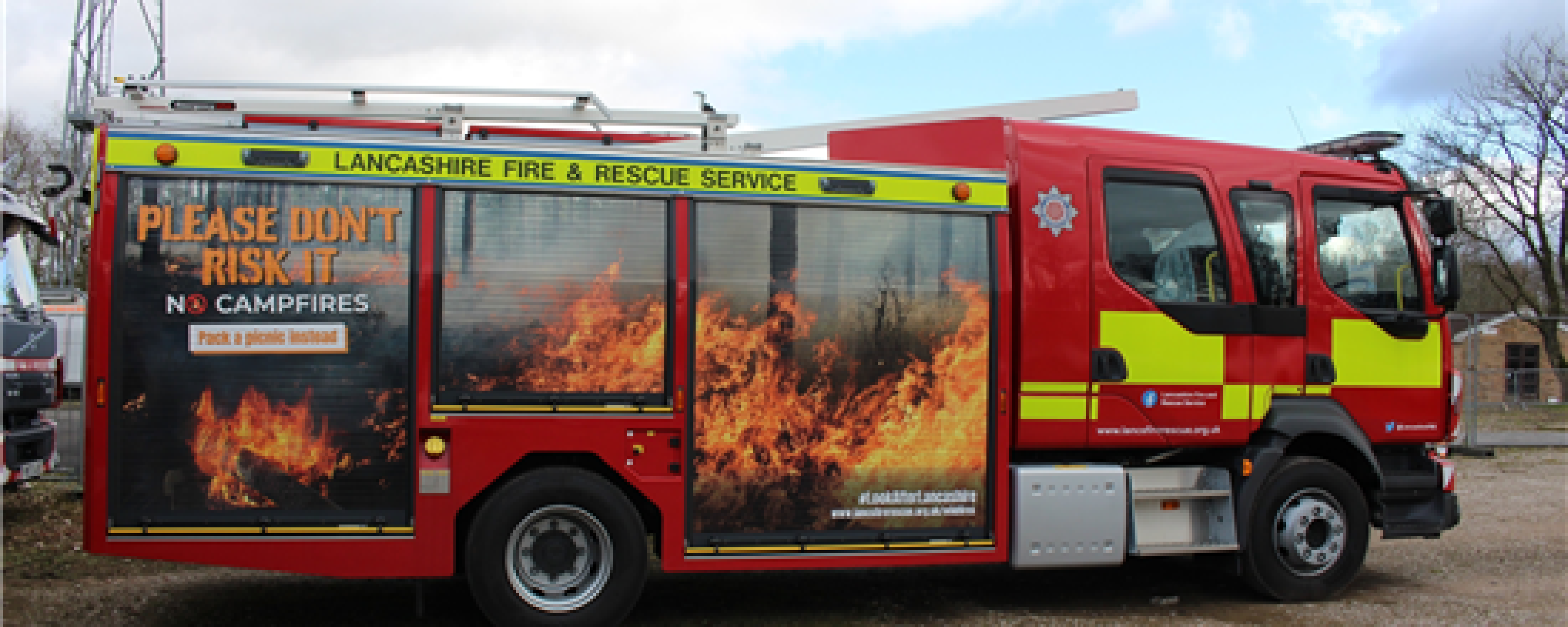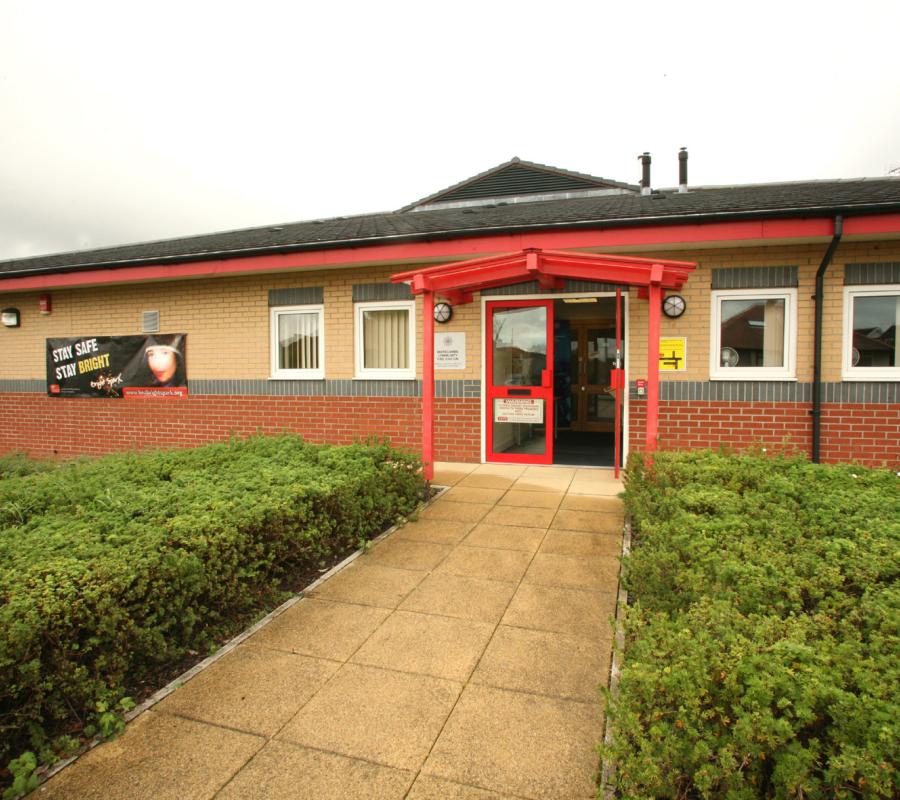Location and Surrounding Environment:
• Review the geography around your premises, especially if you are located near woods, moorland, or scrubland. These areas may serve as fuel for wildfires.
• Stay informed about local climate patterns, as dry seasons or hot spells can significantly increase the risk of fire.
Firebreaks and Landscaping:
• Ensure that your landscaping is managed to reduce fuel loads. This includes removing dead vegetation, maintaining green spaces, and ensuring firebreaks or gaps between flammable areas.
• Regularly trim trees and bushes close to buildings or fences, as they can act as conduits for the spread of wildfires.
Fire Prevention and Response Planning:
• Implement a fire prevention plan that includes using fire-resistant materials in construction and roofing where feasible.
• Review your Fire Risk Assessment and if necessary,
• Install fire extinguishers, and ensure employees are trained to use them. Additionally, consider having a reliable water source or sprinkler system.
• Develop a wildfire-specific emergency response plan, including evacuation routes, safe zones, and communication procedures. All employees should be trained in this plan.
Insurance:
• Review your commercial property insurance policy to ensure it covers wildfire damage. Given the potential for significant property damage, it is vital to have the appropriate coverage in place.
Communication and Alerts:
• Stay informed about local weather patterns and wildfire risks by subscribing to local alerts or services that provide early warnings.
• Coordinate with local community groups or other businesses to share information and resources related to wildfire risks.
Employee Safety and Awareness:
• Raise awareness among employees about wildfire risks and the safety measures in place at your premises.
• Ensure employees know exactly what to do if a wildfire approaches, including evacuation procedures and where to find refuge.
Business Continuity:
• Prepare for potential disruptions to business operations caused by wildfires, including loss of power, infrastructure damage, or employee displacement.
• Have a business continuity plan in place that outlines critical operations and how they will be maintained or resumed during or after a wildfire event.





